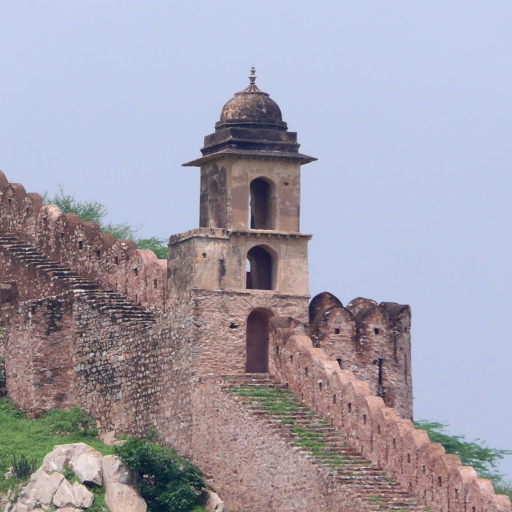Earlier this year, while driving someplace in the San Francisco Bay Area and scanning on her car radio, my sister-in-law stumbled across Bolly 92.3, a station playing Bollywood music. Even though she had no idea what the lyrics were saying, she thought the music sounded cheery and left the radio tuned to that station.
Bolly 92.3 was the first dedicated Bollywood music station I had ever heard of in the United States, so I was eager to listen to it once I’d learned about it. I got my chance when my brother and I drove from San Francisco to Death Valley in February. We listened to Bolly 92.3 as long as we could, until we drove out of range of the station. In the hour or so before we lost the signal, we heard a range of songs in different styles. I didn’t recognize any of the songs, but I did recognize the musical styles, which included:
- Movie tunes with harmonium and tablas, and rich Hindustani lyrics. (Hindustani was the common language across North India before Partition, part Hindi and part Urdu.)
- Hip-hop with simple and dumb lyrics, and a liberal application of autotune.
- Indie music with guitars and strings, and Hindi lyrics.
- Romantic nineties movie songs with tablas, flutes, and echoing (and shrill) female vocals.
- Dance songs with synth and tabla, and very repetitive lyrics.
Bolly 92.3 is a commercial station, and the breaks between every few songs featured advertisements for law firms, realty agencies, and other businesses owned by Indian-Americans in the Bay Area. (Later, my sister-in-law also heard an ad for a stove hood designed to handle the high levels of frying demanded by Indian cuisine.)
For all the diversity of Indian culture, Bollywood is an overpowering, omnipresent cultural monolith, and Bollywood music is part of the background noise of the Indian environment. Spend any time in India, and you will find the same songs following you wherever you go: booming across the neighborhood from marriage gardens, thumping from taxi and bus radios, or playing tinnily from mobile phones at tea stalls or in train coaches. Some megahit songs have a limited shelf life, and are played over and over and over again before disappearing. (There was a time last year when I thought my head would explode if I ever heard this song or this song again.) Other songs are evergreens, enjoying decades of popularity (like this one and this one).
From all the exposure I’ve had to Bollywood music (willing and otherwise), I was surprised not to recognize any of the songs I heard on Bolly 92.3. If I listened long enough, I’d surely hear something I knew. But just my short experience illustrates an important truth: diaspora communities are never the same as the parent culture. Not only do the Indian-Americans of the Bay Area have to adapt to American culture by driving minivans and living in tract housing, they also have a different relationship with Indian culture, for the simple reason that they are not in India.
When it comes to relating to their traditional cultures, members of a diaspora are sometimes more conservative. As the parent culture changes, emigrants try to freeze their culture in the same state that it was in when they left. This is why (as I am told) Gujaratis in Gujarat are content to use costume jewelry at their weddings, but Gujaratis in East Africa would never dream of using anything but gold.
There may be some of this cultural conservatism among Indian-Americans of the Bay Area, and this may in part explain why I didn’t recognize any of the songs on Bolly 92.3. But diasporic communities need not stay frozen in the past, either. They can continue to develop their traditional cultures on their own lines, parallel to but separate from the parent culture. This is happening for Indians in North America; in Toronto, at least, there is a big Punjabi hip-hop industry. Toronto music has even made its way back to India, and not just Punjab. I once spent more than an hour watching surreal music videos from Toronto in a restaurant in Assam, of all places.





Leave a Reply